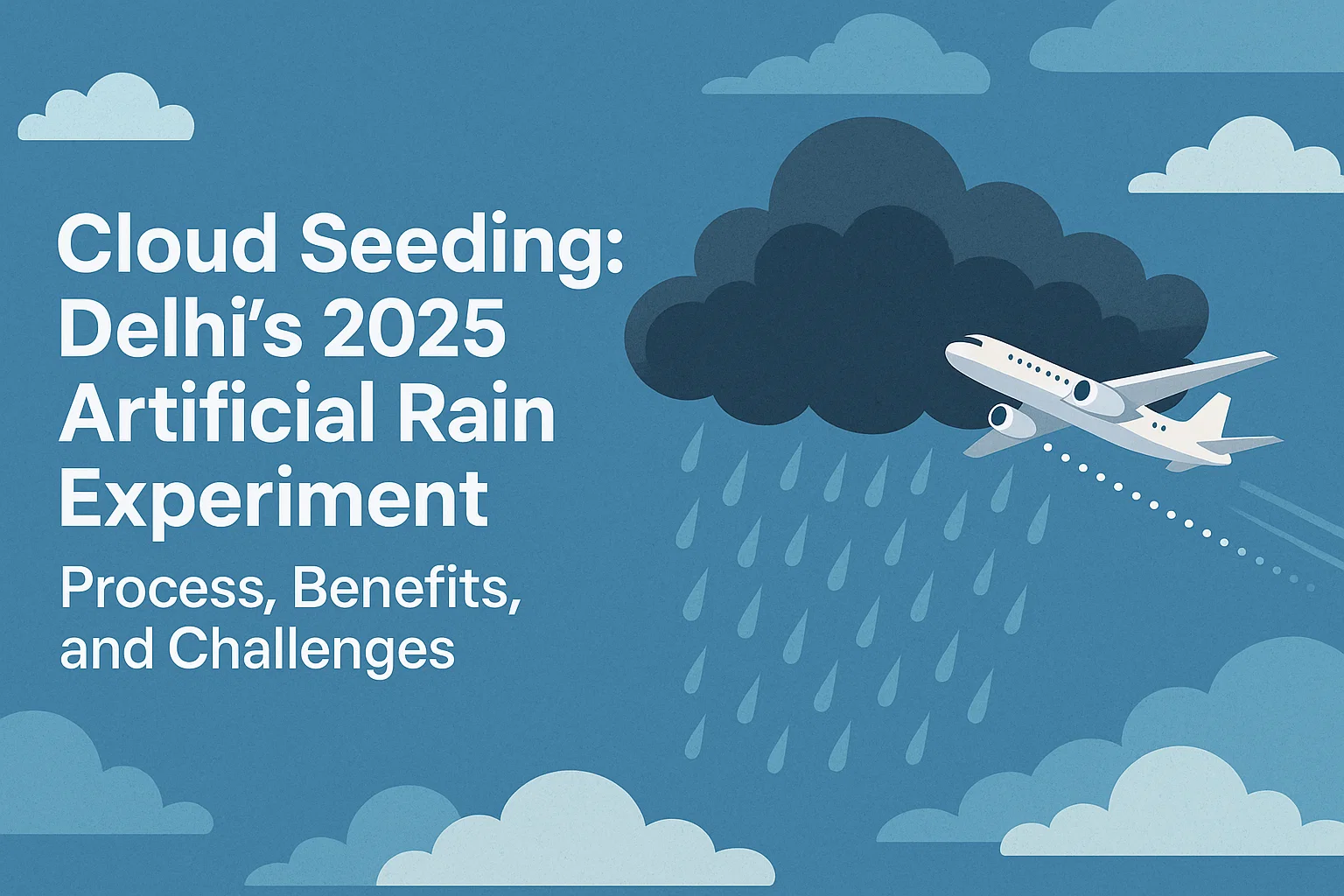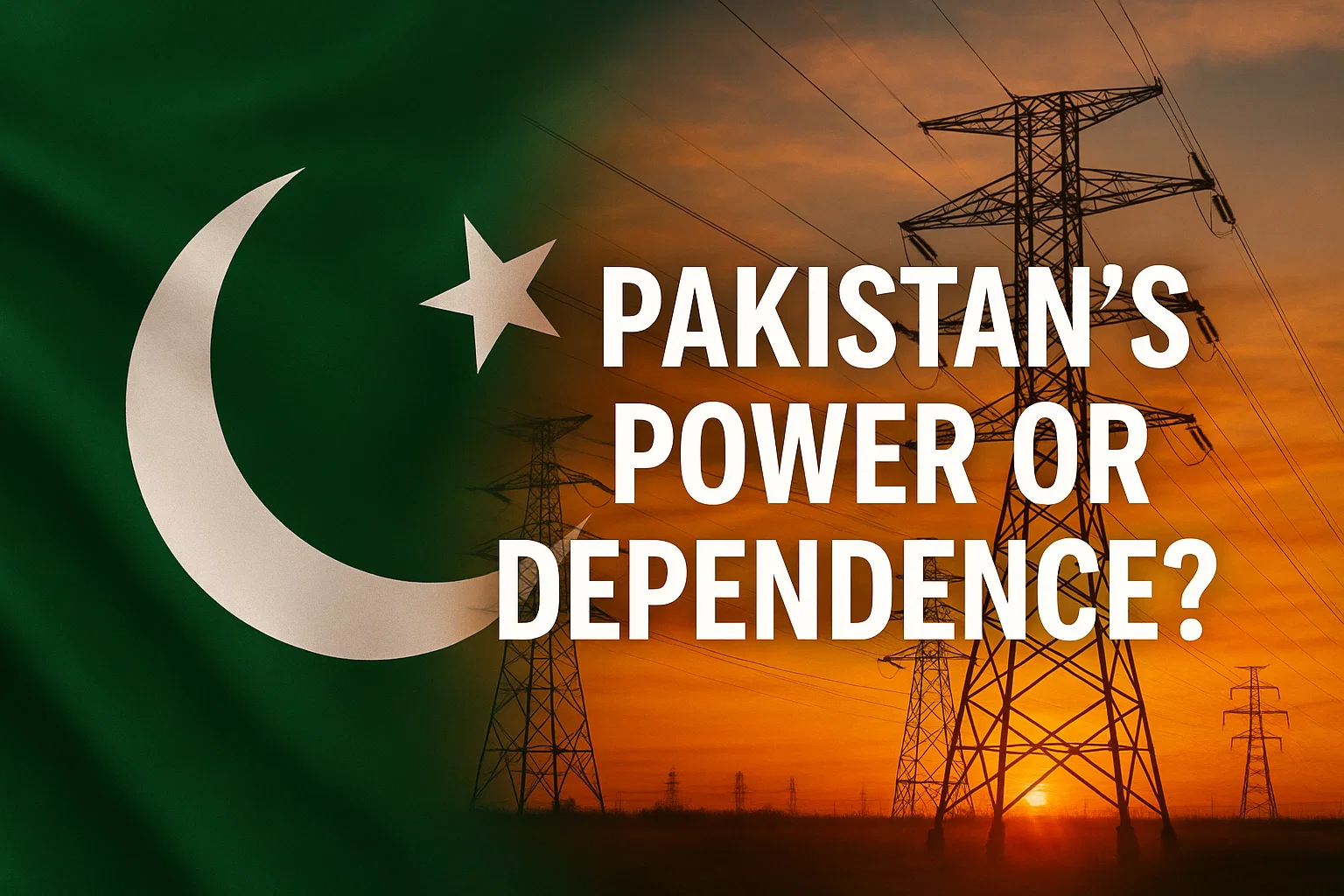Font size:
Print
Indian Railways’ Freight Revenue Growth Trails GDP Expansion
Context:
Indian Railways’ (IR) freight revenue has struggled to keep pace with the nominal Gross Domestic Product (GDP) growth in recent years, reflecting persistent challenges in its operational performance.
More on News
- According to figures presented in the Union Budget, freight receipts grew by only 4% in FY24, and 7% in FY25, and are projected to expand at a modest 4% in FY26.
- In contrast, nominal GDP grew by 9.7% in FY25, with budget estimates (BE) projecting a 10.1% rise in FY26.
- While passenger revenues have rebounded significantly after the pandemic slump—marginally outpacing GDP growth—the increase remains insufficient to meaningfully reduce the cross-subsidisation of passenger services by freight operations.
Capital Expenditure Constraints
- The financial strain is further compounded by a slowdown in capital expenditure (capex).
- The budgeted capex for FY26 stands at ₹2.55 lakh crore, the same as the revised estimate for FY25.
- With fresh borrowings effectively frozen, IR’s expansion plans rely heavily on government allocations.
- Unless operational revenues accelerate, the railway’s ambitious growth initiatives may face roadblocks.
- Experts note that freight rates are being kept deliberately low to remain competitive with alternative logistics channels such as road transport and inland waterways.
- Although rail transport is more cost-efficient—costing ₹1.36 per tonne per km compared to ₹2.5 per tonne per km via roads—trucks offer greater flexibility and last-mile connectivity, making them a tough competitor.
- In November 2024, Railway Minister Ashwini Vaishnaw announced that rail’s share in the total logistics market had risen to 29%.
- However, the target is to reach a 35% share over the next six years to help reduce logistics costs and curb inflation.
Freight Revenue Boost on the Horizon?
- Despite the modest 4% increase projected in freight receipts for FY26, experts believe that Indian Railways’ freight operations could receive a significant boost once the Western Dedicated Freight Corridor (WDFC) becomes operational, expected by the end of 2025.
- At the same time, IR is ramping up premium passenger services to further enhance revenue growth in FY26.
- According to a report from Elara Capital, as of January 5, around ₹40,400 crore—79% of the budgeted allocation for rolling stock in FY25—had already been spent.
- The pace of investments is expected to accelerate in FY26, with several fast-tracked projects and new customer-centric initiatives.
Expansion of Premium Trains
- The introduction of premium trains is set to play a key role in revenue enhancement.
- Indian Railways has ambitious plans for rolling out new Vande Bharat trains in the next financial year.
- So far, orders have been placed for around 210 Vande Bharat sleeper trains, with the first prototype successfully completing trial runs at 180 kmph.
- The official launch is expected in the first quarter of FY26.
- Additionally, four models of the Vande Bharat Chair Car 2.0 are set to be introduced before the end of the current fiscal year.
Challenges from Legacy Expenditures
- Despite these growth initiatives, Indian Railways continues to grapple with legacy expenditures that impact overall financial performance.
- One of the biggest burdens is pension payments, which accounted for 24% (₹66,359 crore) of IR’s revenue expenditure in FY25.
- Notably, the annual pension fund allocation is nearly equal to the spending on maintenance and repair of critical safety systems.
- In 2023, the Standing Committee on Railways highlighted that higher pension contributions—primarily to fulfill the railways’ social service obligations—are adversely affecting the operating ratio.
- Unless alternative revenue sources are strengthened or cost-saving measures are implemented, IR’s financial health may remain under pressure.


